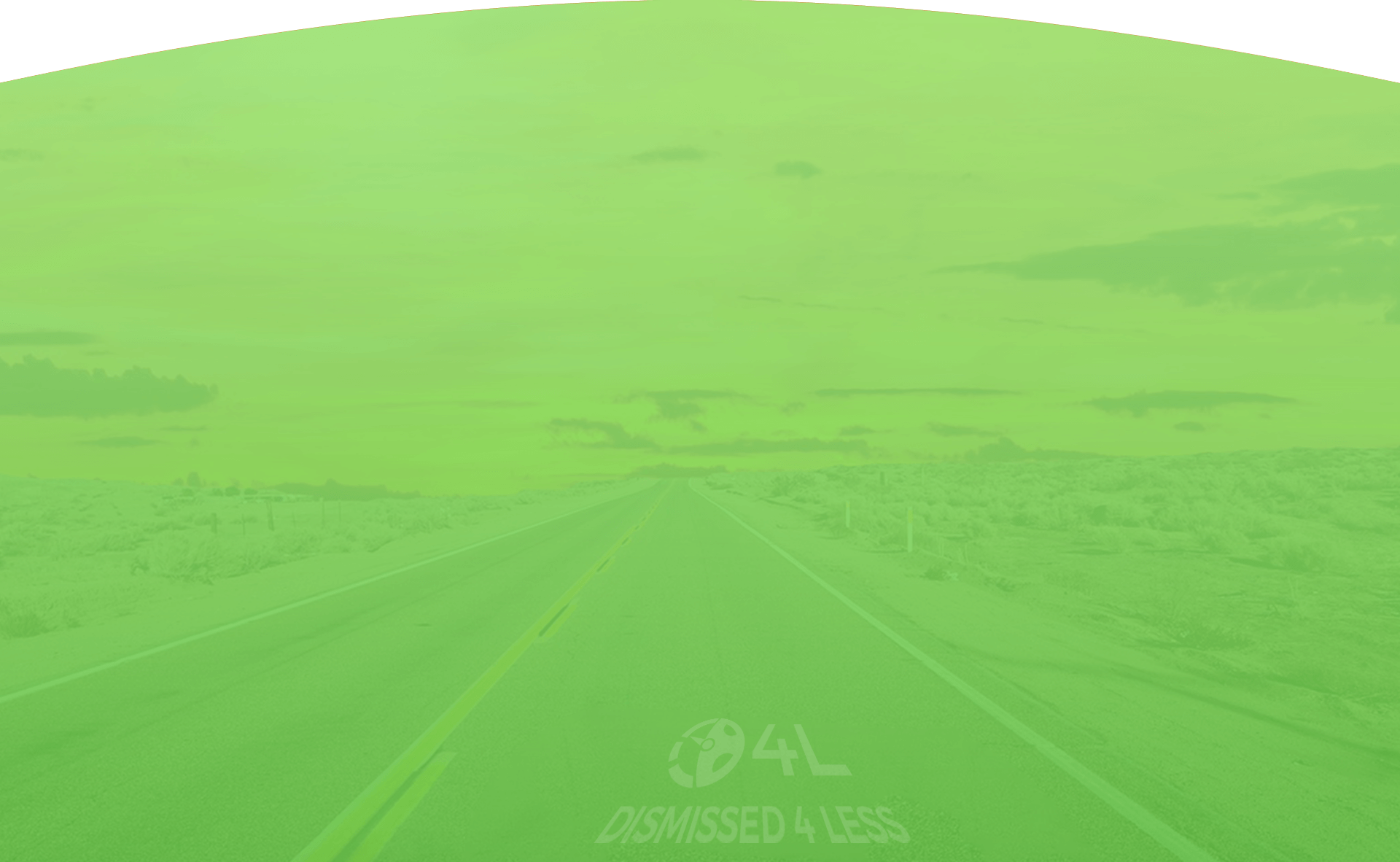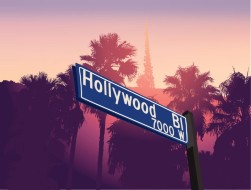Beating a Red Light Camera Ticket in California
The first red light cameras appeared in the 1960s, mostly in Europe. No one in the United States took them too seriously until 1982. A teenage driver in New York ran a red light and collided with a baby in a stroller, killing the tot almost instantly. Eleven years later, the Empire State was the first U.S. jurisdiction to authorize red light cameras.
Within a few months, New York saw a significant reduction in intersection crashes, as well as a significant revenue increase. These two factors, mostly the second one, lead to California’s red light camera law, which went live in 2002.
Perhaps more so than any other infractions of the Vehicle Code, red light camera tickets have a lot of moving parts. If all these parts do not mesh together almost perfectly, the driver might have a legitimate defense. Furthermore, even if the ticket holds up in court, there are usually ways to deal with the ticket that do not result in points on your license.
At Dismissed 4 Less, we only deal with California red light camera tickets and other California Vehicle Code infractions. So, when you partner with us, you get the benefit of our years of experience. You also get our commitment to help you stay on the road.
California Red Light Ticket Nuts and Bolts
According to VC 21453, it’s illegal to “enter an intersection” when facing a “steady circular red signal.” Let’s unpack these key provisions.
Note that it is illegal to enter an intersection on red. That’s different in some other states. In many jurisdictions, it’s only illegal to pass under a steady circular red light. In other words, if you make it to the far end before the light turns red, you beat the light. But that’s not the way it works with a California red light camera ticket.
Stopping is not enough. Motorists must also stop in the proper place. Most intersections have stop lines in front of the crosswalks. These lines are not for decoration. Vehicles must stop behind the limit line. That means the bumper must be behind the limit line.
If there is no stop line, vehicles must stop in front of the crosswalk. The same rules apply. If there is no crosswalk, vehicles must stop parallel to the bend of the curb.
Almost all California red light camera tickets involve the “entering the intersection” component. Typically, a sensor triggers a camera if a vehicle is in the intersection when the light turns red. This camera usually captures the driver’s face and the license plate number.
These red light stop rules also cover the infamous California stops, or rolling right turns on red. Stop lights are not yield signs, especially if they have red light cameras. The amount of cross traffic is irrelevant. All vehicles, even when turning right, must adhere to all the aforementioned rules.
Possible Penalties
The red light camera ticket fine in California is not very high. But after the state and county tacks on penalty assessments and surcharges, the direct cost rises to about $490. That’s a lot of money for a red light violation, and it’s especially a lot of money for a rolling right violation. Court costs vary in different counties. These costs usually add at least $100 to the total expense.
Fines are lower if the infraction is for making an illegal turn on red as opposed to running a red light. However, the penalty assessments and surcharges remain largely unchanged. And these add-ons are what make California red light camera tickets so expensive.
California red light tickets are moving violations. A conviction means one point on your drivers’ license. The NOLS (Negligent Operator License Suspension) kicks in if a driver accumulates:
- Four points in twelve months,
- Six points in twelve months, or
- Eight points in thirty-six months.
Some infractions, like super speeder and reckless driving, carry mandatory license suspension regardless of points. Generally, points remain on a license for three years.
Collateral Effects
The aforementioned $490 plus costs is only the beginning. Most insurance companies increase rates 10 percent for a California red light camera ticket. Generally, motorists must pay higher rates for at least three years before they can shop around for cheaper insurance.
Insurance effects are normally even worse for commercial drivers. Whether the driver got the California red light camera ticket in a commercial vehicle or not, these citations often raise insurance rates dramatically. Depending on the driver’s record, it might be impossible to buy insurance at all.
The effects of a California red light camera ticket do not end at the state border. The Golden State is a drivers’ license compact state. Officials share information with most other states, as well as most Canadian provinces. Out-of-state violators will not have to pay additional fines, but they could incur points on their drivers’ licenses.
Finally, these citations could affect civil liability. Generally, when drivers cause car crashes, the victim must prove negligence, or a lack of reasonable care. That’s rather subjective. But if the driver violated a safety law, like the California red light law, the driver could be liable for damages as a matter of law.
Possible Defenses
California red light camera tickets are among the hardest cases to prove in court, assuming the camera captured the driver and the license tag number. As mentioned, these citations have lots of moving parts. So, they are also among the easiest Vehicle Code violations to defend in court, especially with a trial by written declaration.
Sometimes, red light obstruction is an effective defense. Foliage or signage sometimes blocks the light. Many red lights have those big “CAMERA ENFORCED” signs on them. Also, work crews sometimes fall behind on things like tree-trimming. Vandals occasionally mess up red lights as well.
The informal standard of evidence is always the same. As a rule of thumb, if the signal was less than 50 percent visible, a judge might dismiss the California red light camera ticket.
More frequently, the yellow light is too short. By law, yellow lights must last at least 3.6 seconds if the speed limit is less than 45mph and 4.3 seconds if the speed limit is 45mph or higher. These standards change frequently. Usually, when the state changes the yellow light duration, it takes awhile for these changes to trickle down to the city level.
A fraction of a second difference could make an enormous difference. That’s especially true in California, which prohibits drivers from entering intersections on red.
Lack of authority is often a good defense as well. This defense is a little complicated, so bear with us.
Private companies install and operate red light cameras in the Golden State. In the old days, meaning the early 2000s, these companies issued violations as well. That’s illegal. Only a division of the California government can enforce the California red light camera ticket law.
Municipalities and counties soon got wise to this loophole. So, they closed it, or at least they thought they did.
Some private companies still issue citations. They have retired peace officers review footage and issue citations as appropriate. Not surprisingly, these officers almost always issue citations instead of warnings. But the real problem is that these officers sometimes claim to review hundreds or thousands of clips. It’s also illegal to rubber-stamp California red light camera tickets.
What’s the root of this problem? In a word, money. It is cheaper to deploy cameras than it is to station live officers at intersections. It’s also cheaper to farm the whole thing out to a private company.
California red light camera tickets strike at the heart of the revenue vs. safety debate. The state certainly has the right to use tickets to raise revenue. But there must be a balance between revenue and safety. However, that’s the subject of another blog.
California Red Light Camera Tickets and Trial by Written Declaration
Most of the aforementioned defenses are legal defense as opposed to factual defenses. These defenses are tailor-made for a Trial by Written Declaration.
Essentially, a Trial by Written Declaration is a written trial with no defendant or prosecutor present in court. In fact, unless the judge allows it, the prosecutor cannot rebut the defendant’s arguments.
The short yellow light defense is a good example. Assume our team finds an engineer’s report which states the yellow light duration is below the state’s mandated duration. In that situation, the judge might throw the citation out of court.
One good thing about a Trial by Written Declaration is that it is a no-risk option. If the judge finds the defendant guilty, the defendant can either accept the judgement or request a trial de novo. The new judge hears the matter live as if the Trial by Written Declaration verdict did not exist. This gives the defendant a chance to fine-tune his/her arguments.
Another good thing about Trial by Written Declarations is the aforementioned remoteness. If you were just passing through California and received a dreaded red light camera ticket, you do not have to travel back to fight the citation.
On a related note, since VC 21453 is moving violation, traffic school might be available. Typically, motorists are eligible for traffic school if they have not taken defensive driving within the last 18 months. The judge can waive that requirement, which is another reason to request a Trial by Written Declaration.
Related Vehicle Code Violations
Stop sign infractions are a lot like red light infractions. Drivers must stop behind the stop line, behind the crosswalk, or behind the edge of the intersection. Also, drivers must stop completely. Under California law, the wheels must stop moving for the car to “stop.” However, they don’t have to stop moving for very long.
This abstruse loophole led to an interesting case in 2012. A physics professor at UC San Diego was pulled over for running a stop sign. He submitted a four-page paper, cleverly titled The Proof of Innocence, which argued that the officer was at a bad angle and couldn’t see his wheels stop.
The judge dismissed the ticket. It’s unclear whether the professor’s arguments swayed the judge or the judge simply didn’t read the paper and said “next case.”
This incident brings up an important point. Never try to talk your way out of a ticket. Your eloquent arguments will almost certainly fall on deaf ears. Furthermore, police officers are exposed to danger when they are standing near traffic lanes. They don’t want to be there any longer than necessary.
Additionally, people sometimes get very emotional in these matters. If emotions get out of control, the conflict could end very badly for everyone involved. Instead, “comply now and complain later” is usually the best approach.
Allowing the professionals at Dismissed 4 Less to handle the “complaining” portion is an even better approach. We know the law, and we know where California red light camera tickets are vulnerable. No one can guarantee a dismissal. But we can guarantee our very best effort, and that’s a lot more than you can get elsewhere.







